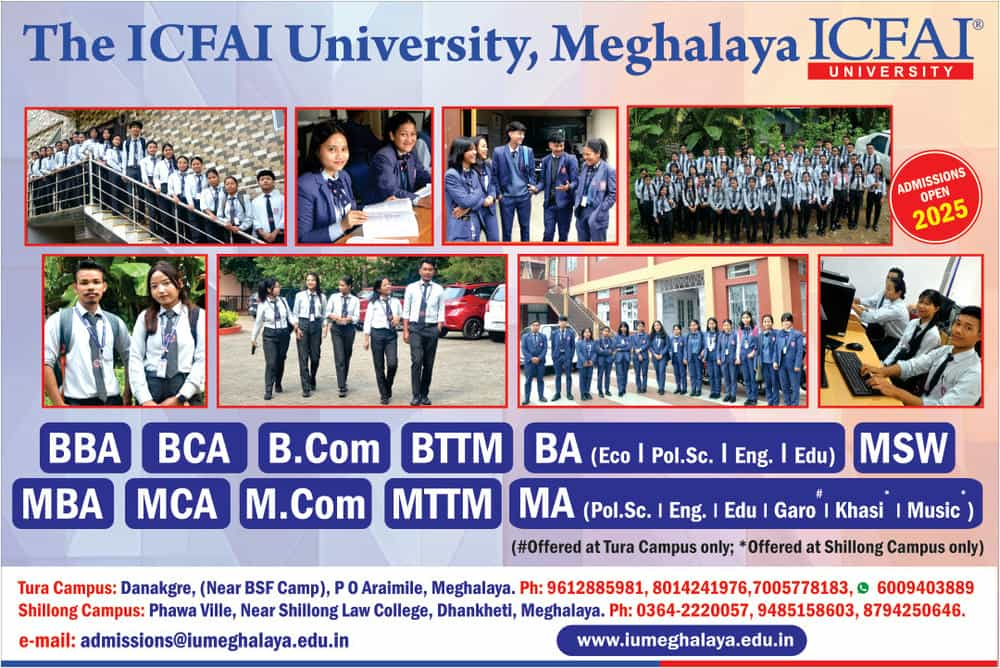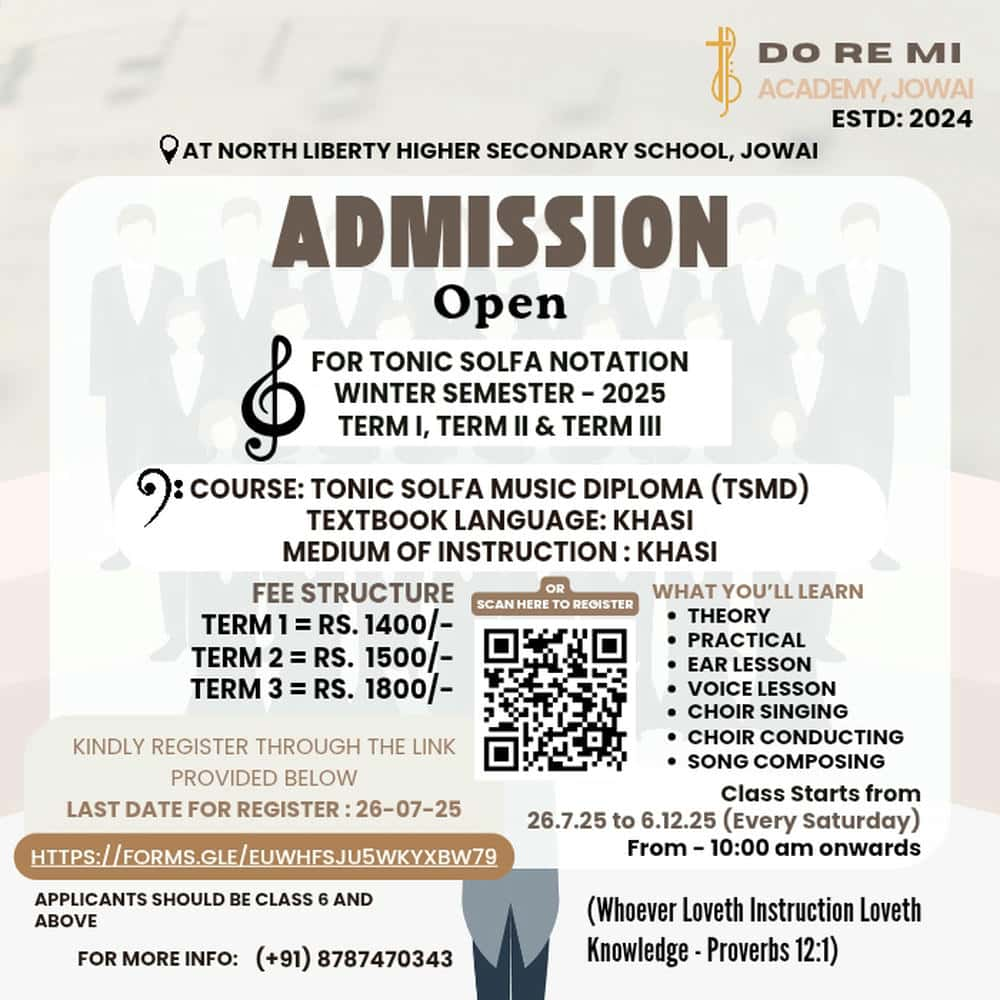Webinar in 180 years of the Arrival of Thomas Jones

Khasi Department, St. Edmund’s College in collaboration with the IQAC of the College on Tuesday organised a webinar on the theme “180 years of the Arrival of Thomas Jones”.
The webinar was chaired by Dr Sylvanus Lamare who introduced the theme on the importance of remembering Thomas Jones as we move forward in the present century.
Dr Rosa M Mawlong spoke of Thomas Jones who was born on January 24, 1810, a son of a carpenter from Berriew (Aberriw), Montgomeryshire, Wales.
She highlighted the way Thomas Jones prepared himself by acquiring different skills to be a missionary.
She also spoke on the hardships he encountered while sailing to India and also on arrival in India. She clearly mentions the route he took from Sylhet to reach Cherrapunji on June 22, 1841 and also the difficulties he encountered while in Cherrapunji.
Prof Streamlet Dkhar, Dean, Humanities, NEHU spoke on Thomas Jones after June 1841 till he passed away.
She mentioned the three schools he established in Sohra, Mawsmai and Mawmluh. She mentioned that his skill in preaching to the local people in their own language, with such fluency, got him many admirers from the local people.
She highlighted his contribution in translation such as Rhodd Mam, into Khasi and the translation of the Gospel of Matthew in Khasi.
He was a missionary who was misunderstood because his idea of a missionary did not comply with the times.
Prof Streamlet informed that he died in Calcutta on September 16, 1849 and was buried in a Scottish Cemetery and it was Prof David R Syiemlieh who discovered the grave of Thomas Jones.
Prof Awadesh K Mishra, Professor and Head, Linguistics Department, EFLU, Shillong as a linguist who had spent more than 20 years in Shillong he finds that the Khasi language belongs to a very ancient family of Austro-Asiatic in the Monkhmer Family. Although relatively young as a written language, it is highly developed and has good grammar. Another important factor he mentioned is that the number of speakers of Khasi matches with the population which demonstrates that the Khasis love their language.
He is of the opinion that if Khasi wants to grow further it needs to take into account the different varieties that are available around it. He shared that as a member of the experts to look into the recognition of languages, he was able to bring down the earlier criteria of 50 lacs population to more than 5 lacs and also to have a written tradition of 150 years and to be taught in schools and higher education for different subjects.
He sees that the danger of the Khasi language is the way young generations are moving away from Khasi as a subject and the Government is not making efforts to have textbooks in the language.
He gave examples that the replacement of kinship terminology will be harmful to the language and culture and it is important to note that language and culture go hand in hand. Regarding the demand for the inclusion of Khasi he said that it is a legitimate demand, however, lots of preparation and documentations are required.
He also mentioned that Dr Sylvanus Lamare, Chairman of the webinar, was solely responsible for removing Khasi from the list of endangered languages. As a scholar who studies and works on the Khasi language, he found it to be a beautiful language.
Dr Sylvanus Lamare in his concluding remarks said that in the celebration of the “180 years of the Arrival of Thomas Jones” the past and the present have been highlighted and we need to move forward. The welcome address was delivered by Prof. Bobby S. Basan while the vote of thanks was delivered by Prof. Wanpli Kharwanlang.




Leave a Reply